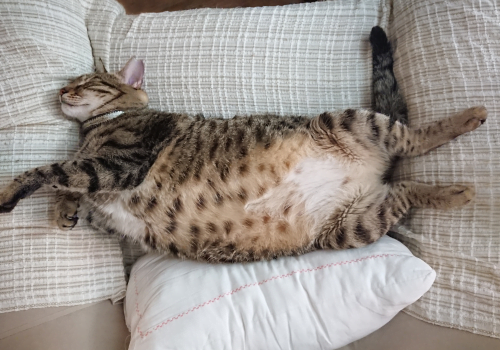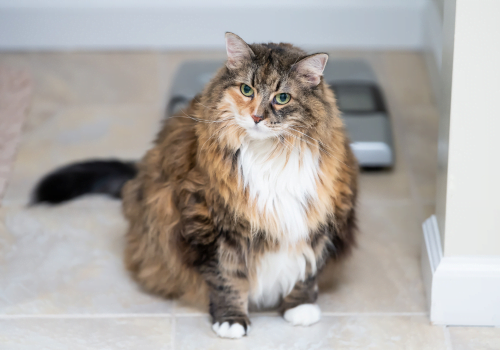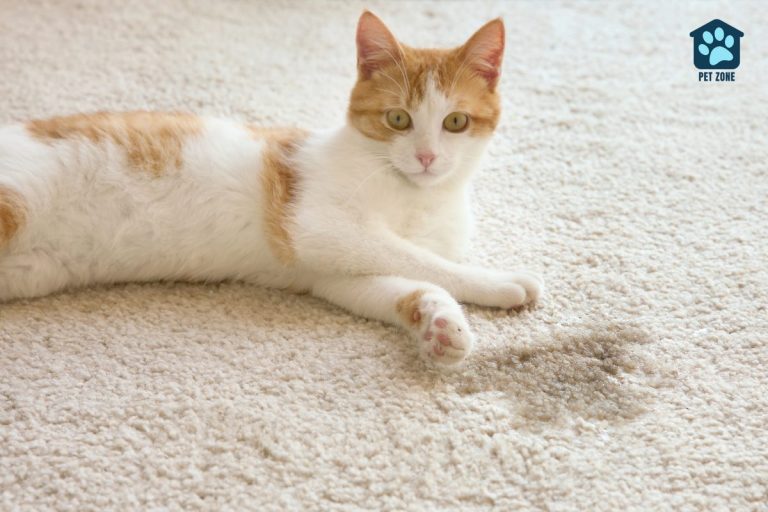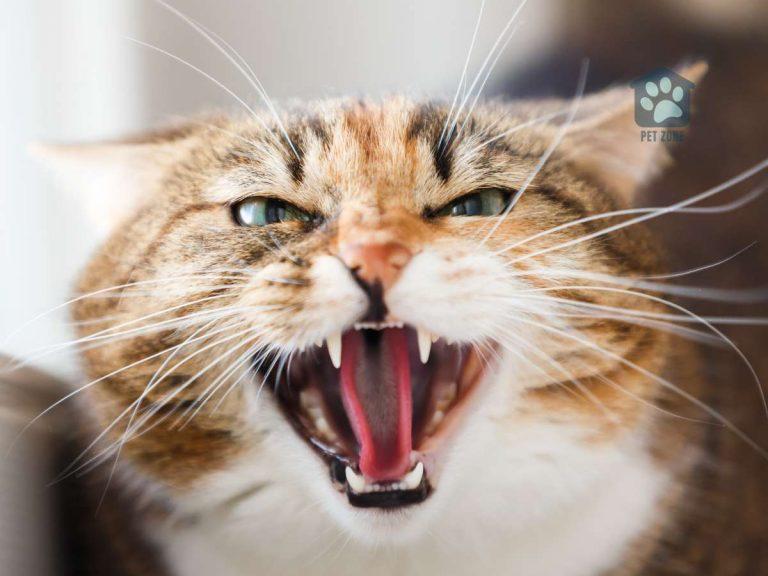Estimated reading time: 4 minutes
While there are several methods to determine your cat’s weight, you may be surprised to learn that the simplest one involves an item you likely already have at home – a regular bathroom scale. This common household item, coupled with a little bit of basic math, can provide a pretty accurate weight measurement for your feline friend.
This article will guide you through the process step-by-step, ensuring you can keep track of your cat’s health from the comfort of your home. Ready to jump in? Let’s get started!
Understanding Why Weight Matters for Cats
Weight isn’t just a human concern. In fact, your feline friend’s health can also be significantly affected by weight changes. Let’s dive into why it matters.
Consequences of Obesity in Cats
Like humans, cats can suffer from obesity. Overweight cats are prone to a host of health issues, from diabetes to arthritis. It’s not just about looks—it’s about health and longevity.
Importance of Monitoring Weight
Regular weight checks can catch early signs of health issues. Weight loss can signify serious conditions like kidney disease, while weight gain might mean your cat is eating too much or not getting enough exercise.
Preparing for the Weighing Process
Before you hoist your cat onto the scale, you need to prepare.
Gathering the Right Equipment
A regular bathroom scale can work fine, though a pet or baby scale can provide more precise measurements. Ensure the scale is calibrated correctly before use.
Creating a Calm Environment
Cats can be nervous critters. Ensure the weighing area is quiet and calm. You might even want to familiarize your cat with the scale before attempting a weigh-in.
Step-by-Step Guide to Weighing Your Cat
Weighing your cat is a simple three-step process.
Step 1: Weigh Yourself
Hop on the scale and jot down your weight. Don’t worry, your cat won’t judge!
Step 2: Weigh Yourself with Your Cat
Next, pick up your cat and step back onto the scale. Make sure to record this weight as well.
Step 3: Calculate Your Cat’s Weight
Subtract your weight from the combined weight of you and your cat. Voila! You now have your cat’s weight.

Tips for Successful Weighing
Weighing a cat can have its challenges. Here are some tips to make the process smoother.
Best Time to Weigh Your Cat
Try to weigh your cat at the same time each day, preferably when they’re calm and relaxed. After meal times usually work well.
Handling Difficult Cats
Some cats might not enjoy being held or standing on the scale. In such cases, try using treats or toys to distract and calm them.
When to Seek Veterinary Advice
If you notice sudden weight changes or if your cat is consistently underweight or overweight, it’s time to consult a vet. Your vet can provide a thorough health check and necessary dietary adjustments.
Conclusion
Regularly weighing your cat at home is a simple yet effective way to monitor their health and detect potential issues early. Though it might take a bit of patience and a few treats, the payoff is well worth it. Remember, a healthy cat is a happy cat!








